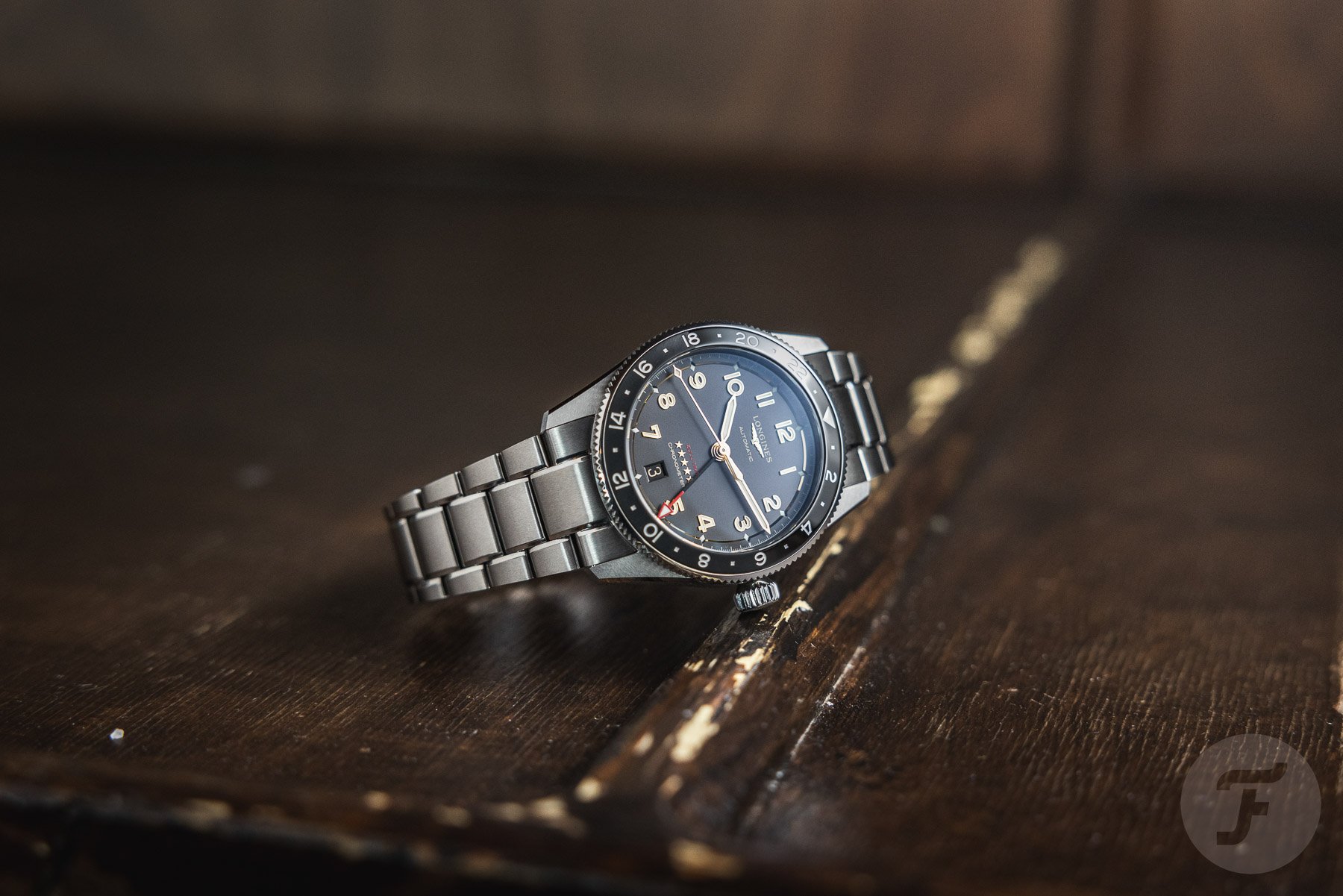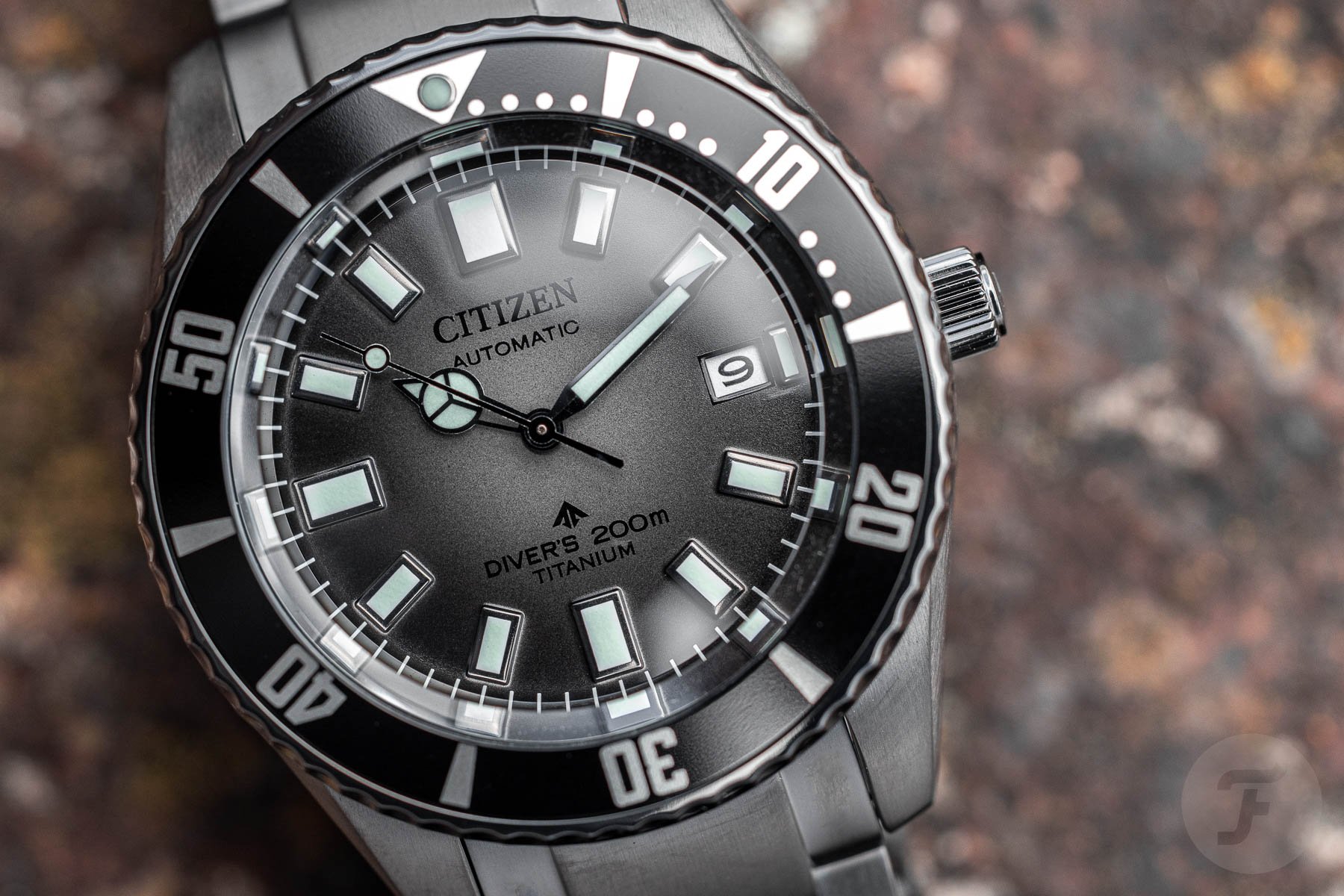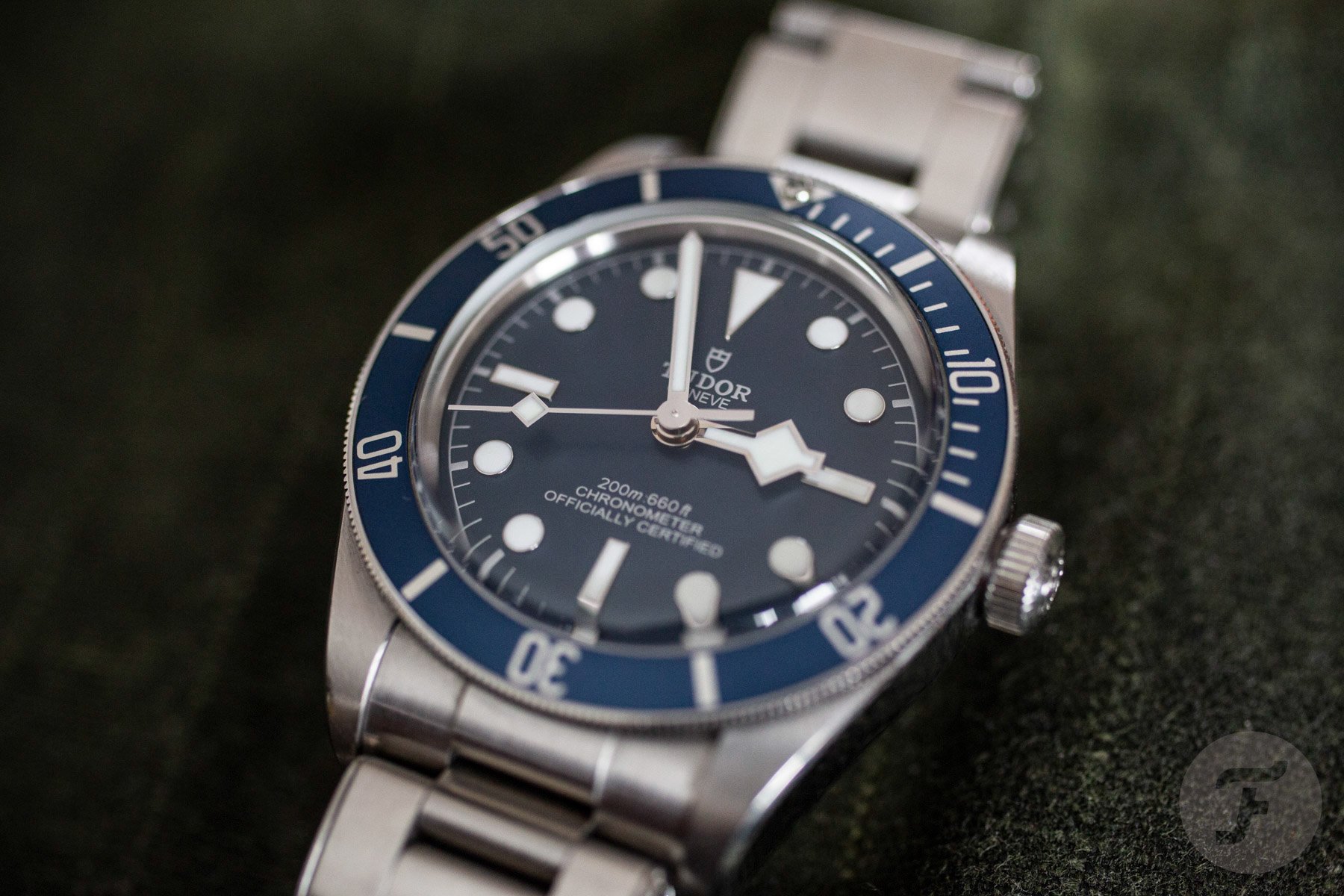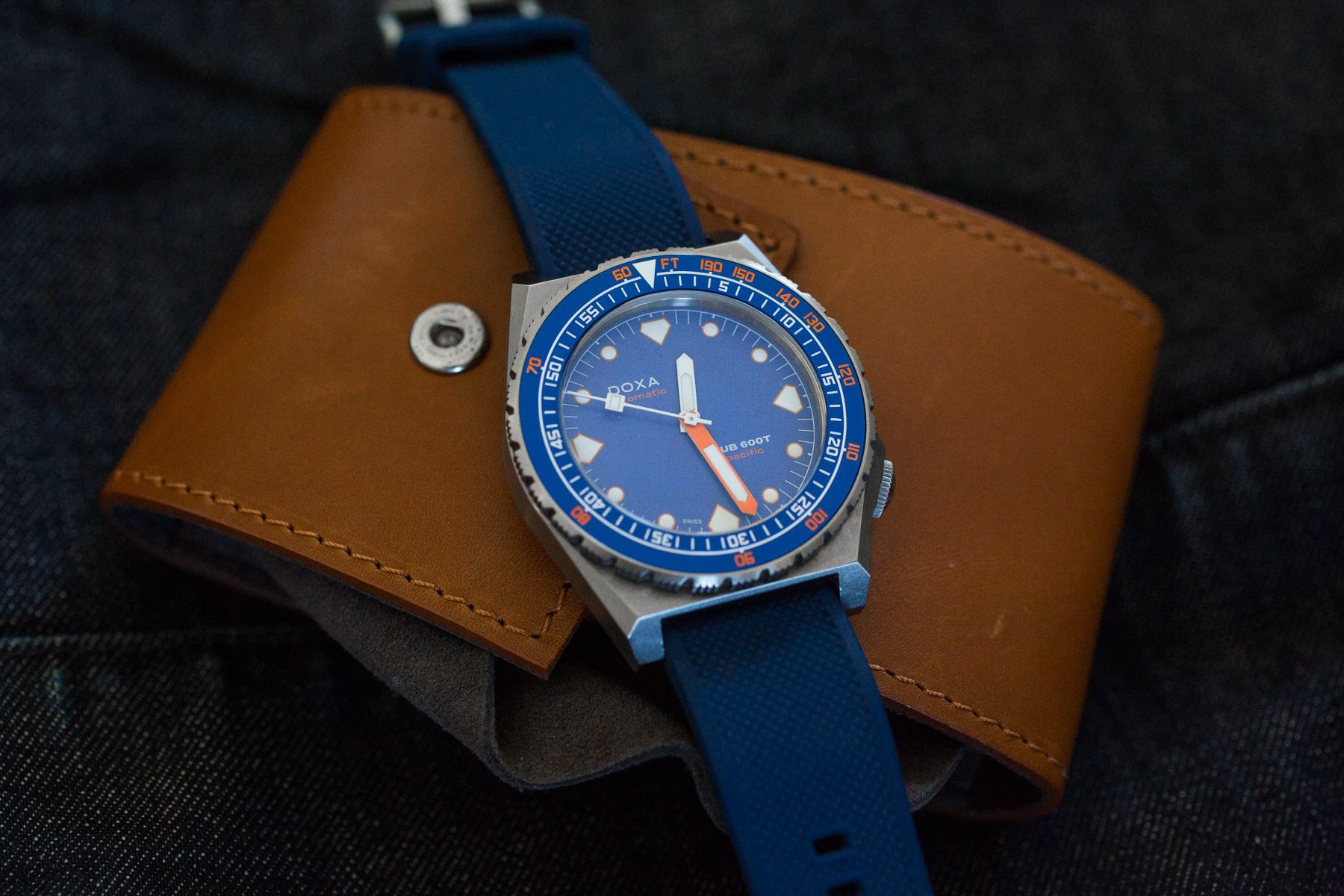Titanium Versus Steel: Which Should You Get And Why?
Stainless steel is, alongside plastics, the most common material used for watch cases today. Indeed, stainless steel is the benchmark material that most of us enthusiasts will commonly encounter. That said, titanium has been steadily gaining traction as a watchmaking material, so today, I thought we should look at titanium versus steel and go through some of the pros and cons of each.
Titanium was once considered a rare and cutting-edge material in watchmaking. In the 1970s, Citizen broke new ground by introducing the X8 series of quartz watches that featured titanium. Since then, many brands have introduced titanium watches, including IWC, Tudor, and Audemars Piguet. Citizen continues to offer titanium watches even in its entry-level price categories, particularly dive watches. The fan-favorite Promaster Aqualand debuted in 1985 and featured an electronic depth gauge. This large watch was somewhat helped by its titanium construction, which made it considerably lighter than it would’ve been in steel. So let’s look at these two materials.
Titanium versus steel
Strictly speaking, there is neither one type of titanium nor one kind of steel. Rather, there are different versions of each. This is why we see things like Grade 2 or Grade 5 titanium and 316L or 904L stainless steel. These designations indicate different alloys. For the sake of convenience, however, I will simply refer to titanium and steel in general, now having noted that there are different alloys of each. Let’s first take a look at titanium, which offers some serious pros over steel. Titanium is about 40% lighter than stainless steel, which makes it far more comfortable to wear all day. Having a watch that weighs less is usually a significant advantage when it comes to comfort on the wrist. Titanium also has a greater strength-to-weight ratio. This means it’s an ideal metal for sports and dive watches. When handling a Tudor Pelagos 39 on its bracelet, for example, it’s remarkable how light that watch feels compared to my stainless steel Black Bay 58.
Another significant positive factor to consider is that titanium is far more resistant to corrosion than stainless steel. This is particularly true for salt water. This makes titanium the ultimate metal for dive watches because corrosion resistance is a very real factor to consider, particularly if, like me, you like to take your dive watches in the ocean regularly. Another significant benefit of titanium is that it’s hypoallergenic. This means that it is a good choice for people who have an allergy to silver or nickel, which are often present in stainless steel alloys.
The cons are mostly emotional, not technical
In general, titanium is darker or grayer than the sheen of stainless steel. For those of us who like stainless steel’s shinier look, titanium can sometimes seem absolutely dull. When I look at my limited-edition Doxa Sub 600T Pacific in titanium, I can see how different the metal looks compared to my steel Tudor Black Bay 58. This can be a significant con for me because I love the luster and brilliance of stainless steel, especially when comparing high-polished and brushed components.
Another element to consider is that stainless steel is usually less expensive to produce than titanium. This can, understandably, affect the final product price. Also, steel is much easier to polish scratches out of than titanium, which, unfortunately, can be far more prone to scratching. But let’s come back to the fact that titanium is 40% lighter than steel. Now, sometimes this is almost too effective on a dive watch. What I mean by this is that, when handling some titanium sports watches in the past, I have felt a little put off by just how light they were. Sometimes, this can even be a deal-breaker.
The Doxa Sub 600T versus the Tudor Black Bay 58 blue
A clear-minded observer seeking a good material for a dive watch would likely choose titanium over steel every time. This is simply because it has better properties that suit dive watches and the environments they could be exposed to. The challenge with that notion is that we watch enthusiasts are as much swayed by emotion as we are by technical factors. Technically speaking, a Casio G-Shock has more benefits than a Rolex Submariner. But how many of us would choose the G-Shock if we were offered one or the other as a gift? I know which one I would choose!
Some of this emotion has undoubtedly played out in my purchasing and ownership decisions. I only own one titanium watch, and it’s the Doxa Sub 600T Pacific. As good (and as funky) a watch as the Doxa is, I just don’t wear it all that much. Part of the issue is the significant slab-sided nature of the case design, which makes it feel quite thick on the wrist. But the other factor is, yes, that it’s made of titanium. When it comes to the Doxa Sub 600T and the Tudor Black Bay 58, I much prefer the sheen and brilliance of the alternating brushed and polished surfaces on the Tudor. Little details like that keep me looking down at the watch even though I’ve owned it and worn it so much for the better part of three years. This is entirely subjective, but scratches also seem to look cooler on the Tudor than on the Doxa. Make of that what you will, but perhaps it is because the titanium is a grayer-looking metal.
Concluding thoughts on titanium versus steel
When it comes to these two materials, it is a win-win situation depending on what you get. Titanium is technically superior for specific applications, but stainless steel provides the flexibility for wonderful finishes that attract the eye. For me, I continue to veer toward stainless steel. Titanium is a wonderful material, and there are many fans out there. It just so happens that, in this case, the heart wins over the head. It is for that reason that I will continue to gravitate towards stainless steel watches.
But what about you, Fratelli? Do you have a preference, and if so why? Let me know in the comments.




